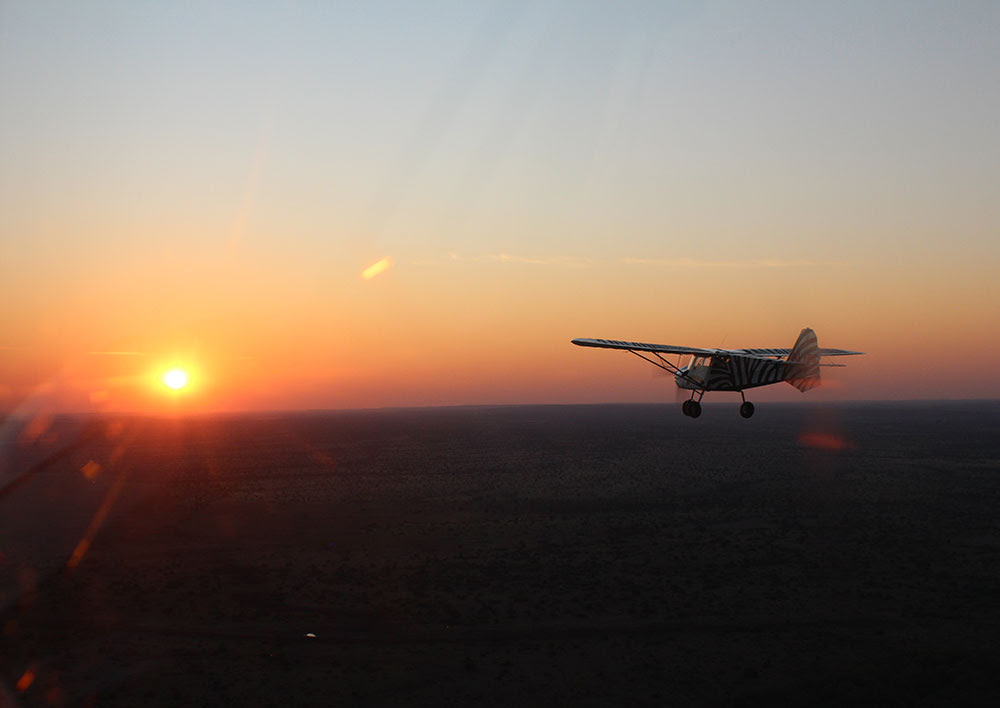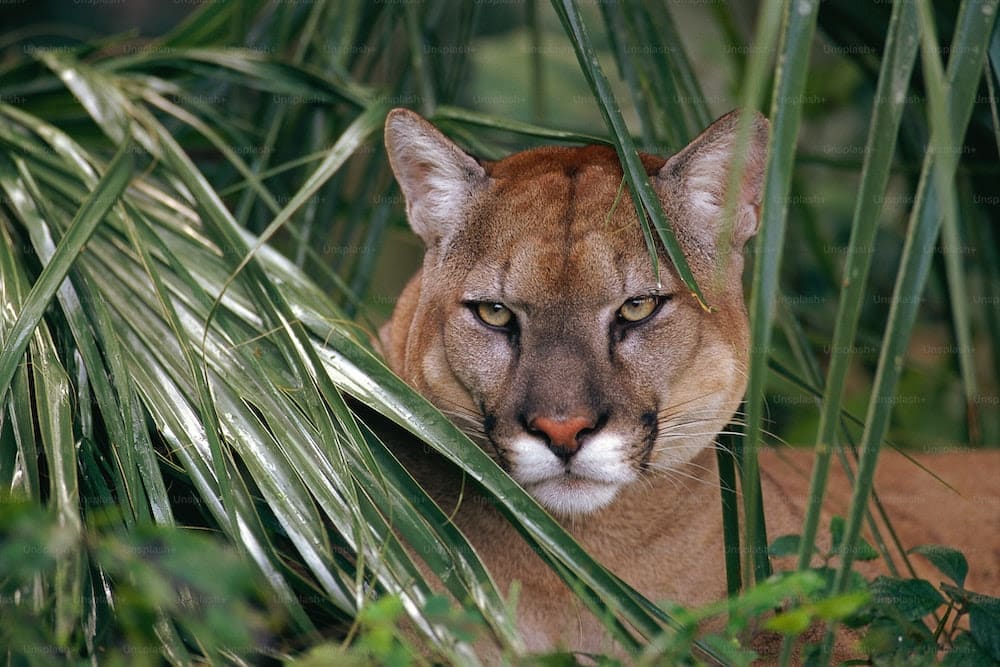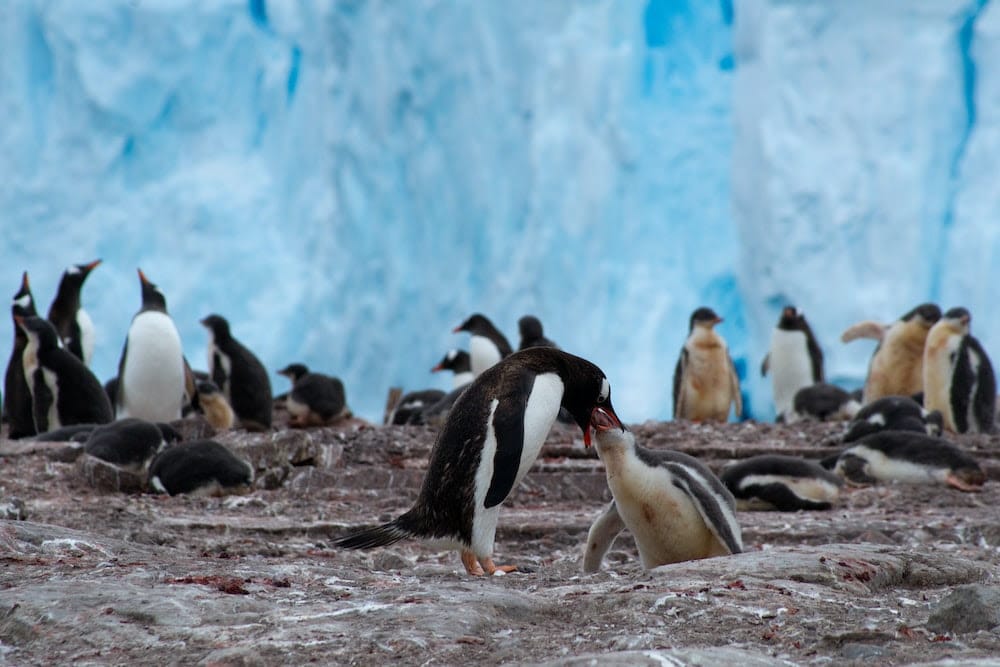
WWF’s latest figures are staggering, stating that almost 70% of vertebrate populations have disappeared in less than 50 years.
In order to monitor the evolution of fauna or a reintroduction process, scientists specializing in conservation biology rely mainly on data from camera traps. The problem is that, in addition to the numerous shots triggered by wind or other disturbances, thousands of images have to be processed, annotated and classified, with potential sources of error and a considerable loss of time. This is where artificial intelligence can prove invaluable, as with TrapTagger, a solution developed by the non-profit organization WildEye.
Developed in collaboration with Oxford University’s Wildlife Conservation Research Unit (WildCRU), TrapTagger is an open-source web application for processing camera trap data. It uses three artificial intelligence algorithms: one detects and counts animals in images, another classifies animal species, and the third calculates similarity between animal coat patterns, making it easier to identify individuals. In addition, annotation interfaces enable scientists to choose the observation approach that suits them best – automatic or manual, depending on the level of detail required.

Tagger detects, counts, classifies and identifies individual animals with 99% accuracy, reducing data processing time and costs by 98%. What’s more, the application is open source and completely free of charge. It already processes more than two million images a month for some forty organizations, which can share their information if they so wish, and obtain more precise statistical data.

Trap Tagger guarantees their complete confidentiality, so as not to divulge the location of photo traps or prevent images of vulnerable species from falling into the wrong hands
.




